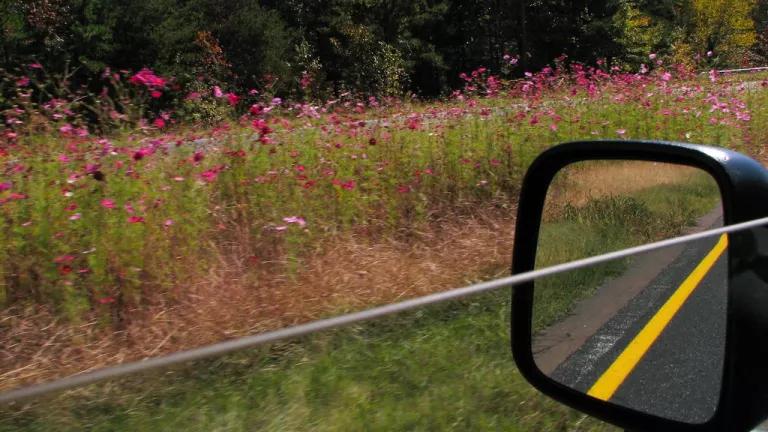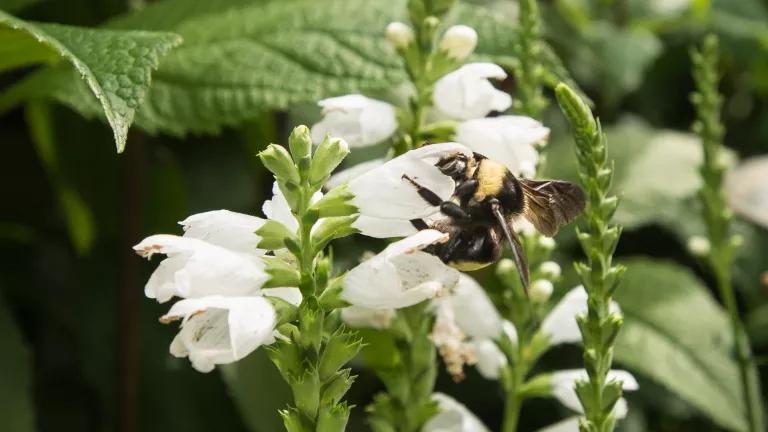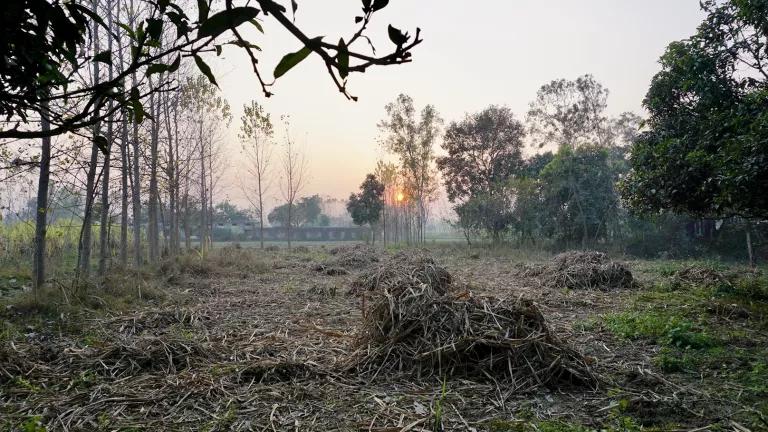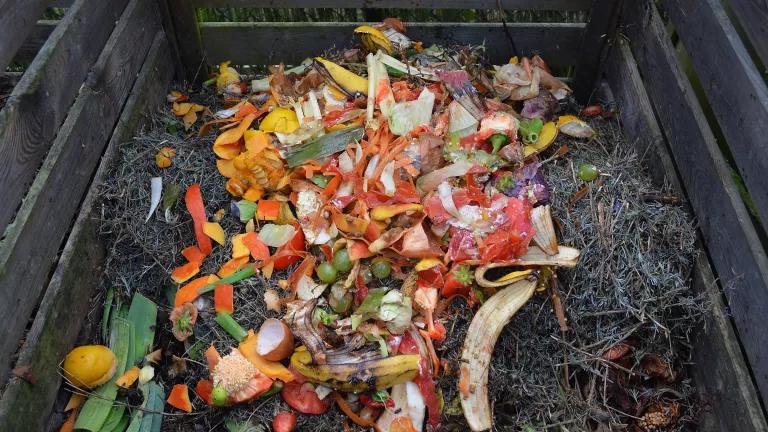Infrastructure Bill Boosts Bees, Butterflies
While it may not have grabbed headlines, nestled inside the 2,000+ pages of the $1T bipartisan infrastructure bill President Biden signed into law last week are two programs that will boost bee and butterfly populations across all 50 states.

Wildflowers blooming beside Georgia State Route 400.
While it may not have grabbed headlines, nestled inside the 2,000+ pages of the $1T bipartisan infrastructure bill President Biden signed into law last week are two programs that will boost bee and butterfly populations across all 50 states.
The first is a five-year program that will provide $10M in grants to benefit pollinators on roadsides and highway rights-of-way, whose language comes from Senator Jeff Merkley and Congressman Jimmy Panetta’s Monarch and Pollinator Highway Act. Eligible projects include the planting of native plants—which provide pollen and nectar to wild pollinators—as well as the costs of switching to pollinator friendly practices, such as reducing mowing, especially during key points in the monarch butterfly migration.
Bigger still is the $250M that will be distributed to states over the next five years for invasive plant removal along roads, highways, railroads, and other transportation routes. While not primarily pollinator-focused, the program prioritizes projects that will revegetate areas with pollinator-friendly native species when invasive plants are ripped out. It also provides a greater share of federal funds for these bee-boosting projects, improving the odds that you’ll see lupine or wild columbine instead of kudzu or Japanese knotweed next time you go for a drive.

For bee and butterfly populations currently in freefall, the programs are much-needed good news. Along with toxic pesticides, habitat loss due to sprawl and invasive species is one of the primary drivers of catastrophic pollinator losses. For migratory species, like monarch butterflies, the news is especially good because distribution of habitat projects across our country’s expansive transportation network makes it more likely they’ll find a suitable place to sleep and eat on their long-haul trips.
Beyond pollinators, both programs have one thing in common—they are sound investments. Studies show that, while a little more expensive up front, pollinator-friendly management of roadsides with native plants and simple changes in mowing actually save state departments of transportation big bucks in maintenance costs over the long term. That federal funds can go toward training and education on these practices will ensure those dollars go even further—as they say, if you teach a man to fish (wrong species, but you get the point).
Off the road benefits will also be felt. Native plants outperform sterile (and often chemically treated) turf roadsides at storing carbon. And with any luck, farmers may see a boost too. Recent research shows that many crops—such as apples, blueberries, and cherries—have lower yields because of lack of bees and other pollinating species. Often, diminished harvests stem from a lack of the wild bees, driven from farm fields by disappearing habitat and the rise of toxic chemicals like neonicotinoids. Providing a safe havens for these small, but mighty, helpers spread throughout America’s farmlands may improve farmer’s fortunes too (e.g., see how wild bees increased watermelon production in a recent Purdue study).
NRDC fought alongside partners and champions like Senator Merkley and Congressman Panetta to keep these programs in the final bill. All in all, they signal wins all around for bees, butterflies, birds, and the bottom line when it comes to maintaining our transportation network. I might add “beauty” to the list too—you have to admit, they look nice.





